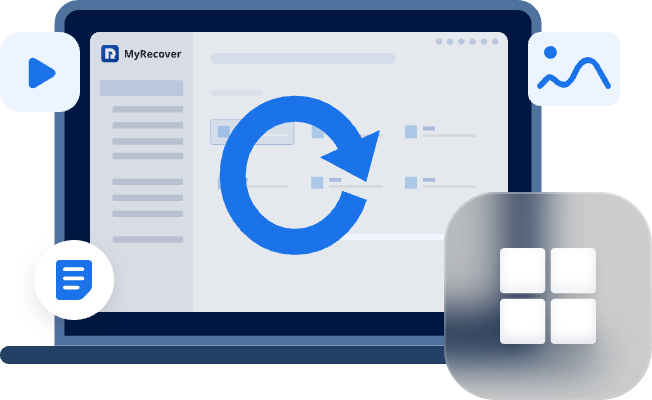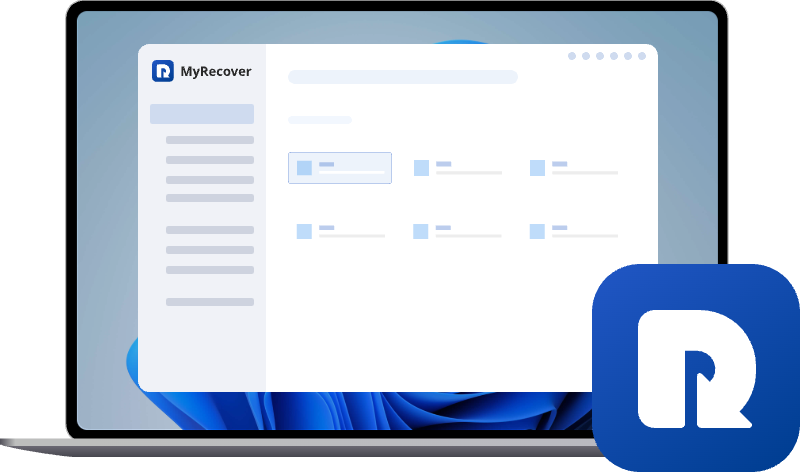Patriot SSD Data Recovery: A Complete Guide
Need to restore lost data? The best Patriot SSD data recovery software can help you retrieve deleted, formatted, or corrupted files in minutes. Learn step-by-step how to recover data safely and effectively from your Patriot SSD without losing quality.
Understanding Patriot SSDs
Before diving into recovery methods, it helps to understand what makes Patriot SSDs tick. Patriot is a well-known brand for solid-state drives (SSDs), offering a mix of reliability, speed, and performance. However, like all storage devices, SSDs aren’t immune to data loss.
What is a Patriot SSD?
A Patriot SSD is a storage device that uses flash memory to store data instead of traditional spinning disks. This design gives SSDs lightning-fast read/write speeds, making them popular among gamers, content creators, and professionals who need performance without compromise.
Types of Patriot SSDs
Patriot offers several SSD models, including:
- Patriot Burst – Budget-friendly SSDs for everyday use.
- Patriot P210 and P300 – Mid-range drives for speed and reliability.
- Patriot Viper Gaming series – High-performance SSDs for gaming and content creation.
No matter the model, data loss can happen due to accidental deletion, hardware issues, firmware corruption, or malware attacks.
Common Reasons for Data Loss on Patriot SSDs
Understanding why data disappears is key to selecting the right recovery approach.
Accidental Deletion
It happens to everyone: you delete files by mistake, empty the recycle bin, and suddenly panic. Don’t worry—deleted files aren’t always gone forever.
Hardware Failure
Though SSDs have no moving parts, electronics can fail. Power surges, overheating, or even faulty components can render your drive unusable.
Firmware Corruption
Firmware controls how your SSD operates. If it becomes corrupted, your files may become inaccessible even if the drive appears functional.
Malicious software can delete, encrypt, or corrupt files, leaving you scrambling for recovery solutions.
Signs That You Need SSD Data Recovery
How can you tell if your Patriot SSD is failing or if files are lost? Look for these warning signs:
If your computer doesn’t detect the SSD, this is a strong indicator of hardware or firmware problems.
Files Missing or Inaccessible
You can see the drive, but important files are gone or can’t be opened.
Strange Errors or Behavior
Even though SSDs are silent, read/write errors or frequent system crashes may point to data issues.
Precautions Before Attempting Recovery
Before rushing into data recovery, follow these safety steps:
Stop Using the SSD Immediately
Every new file written to the drive can overwrite lost data, making recovery harder or impossible.
Avoid DIY Repairs Without Proper Tools
Opening an SSD or attempting hardware fixes without expertise can cause permanent damage.
Methods to Recover Data from Patriot SSDs
There are multiple ways to recover lost data, depending on the issue’s severity.
Method 1. Using Professional Data Recovery Software
Software like MyRecover is designed to safely retrieve lost files from SSDs without removing the drive. It scans deeply, identifies recoverable files, and allows you to restore them easily.
MyRecover Overview and Benefits
- Supports a wide range of Patriot SSD models.
- Recovers all types of files: documents, photos, videos, and more.
- Offers a user-friendly interface suitable for beginners and pros.
- Features deep scan for complex recovery cases.
Step-by-Step Guide: Recover Data Using MyRecover
Here’s a practical walkthrough for getting your files back using MyRecover.
Step 1: Download and Install MyRecover
Visit the official website and download the software. Make sure to install it on a different drive than your SSD to avoid overwriting lost data.
Step 2: Scan the Patriot SSD
Launch MyRecover and select your Patriot SSD. Use the deep scan feature to ensure every recoverable file is detected.
Step 3: Preview and Select Files
The software lets you preview files before restoring them. This helps you recover only what you need, saving time and storage space.
Step 4: Recover and Save Safely
Choose a safe location—preferably a separate drive—to store recovered files. Avoid saving them back to the original SSD until you are certain it’s stable.
Method 2. DIY Techniques for Minor Issues
For small, logical errors, built-in tools like Windows File History or Disk Management can help. However, their success is limited, and they’re not as reliable as professional software.
1. Use Windows File History (Backup & Restore)
Windows File History automatically backs up your files if enabled. This is perfect for recovering overwritten or deleted files.
Steps:
1. Connect your Patriot SSD to your computer.
2. Open Settings → Update & Security → Backup.
3. Click More options under "Back up using File History".
4. Scroll down and click Restore files from a current backup.
5. Browse through the available backups to locate your lost files.
6. Select the files you want to restore and click Restore. The files will return to their original location.
2. Restore Previous Versions
Windows sometimes saves shadow copies of files. This allows you to restore older versions even if the file was accidentally modified or deleted.
Steps:
1. Open File Explorer and navigate to the folder where the file used to exist.
2. Right-click the folder and select Properties.
3. Go to the Previous Versions tab.
4. Windows will display a list of available previous versions with their dates.
5. Select the version you want and click Restore.
3. Use Windows CHKDSK (Check Disk) for Logical Errors
Sometimes SSDs appear healthy but files are inaccessible due to minor logical errors. Windows CHKDSK can help fix this.
Steps:
1. Press Win + X and select Windows Terminal (Admin) or Command Prompt (Admin).
2. Type the following command and press Enter:
chkdsk X: /f
Replace X: with the drive letter of your Patriot SSD.
3. Wait for the process to complete. CHKDSK will attempt to repair logical errors and recover readable data.
4. Check your SSD afterward to see if the missing files are back.
Method 3. Using SSD Recovery Services
If your SSD has severe physical damage, professional recovery services may be your best bet. Experts can repair hardware issues and recover data from drives that seem completely dead.
Tips to Prevent Future Data Loss on SSDs
Prevention is always better than recovery. Follow these tips:
Regular Backups
Use external drives, cloud storage, or NAS devices to back up your files consistently.
Firmware Updates
Keep your SSD firmware updated to reduce the risk of corruption or malfunction.
Safe Removal and Usage Practices
Always eject your SSD properly and avoid sudden power cuts. Treat it gently, and it will serve you well.
Conclusion
Recovering lost data from a Patriot SSD might seem intimidating at first, but it’s completely manageable with the right tools and precautions. MyRecover is a reliable choice for most data loss situations, and professional recovery services are available for severe cases. The key is to act quickly, avoid further damage, and always back up your files to prevent future headaches.


